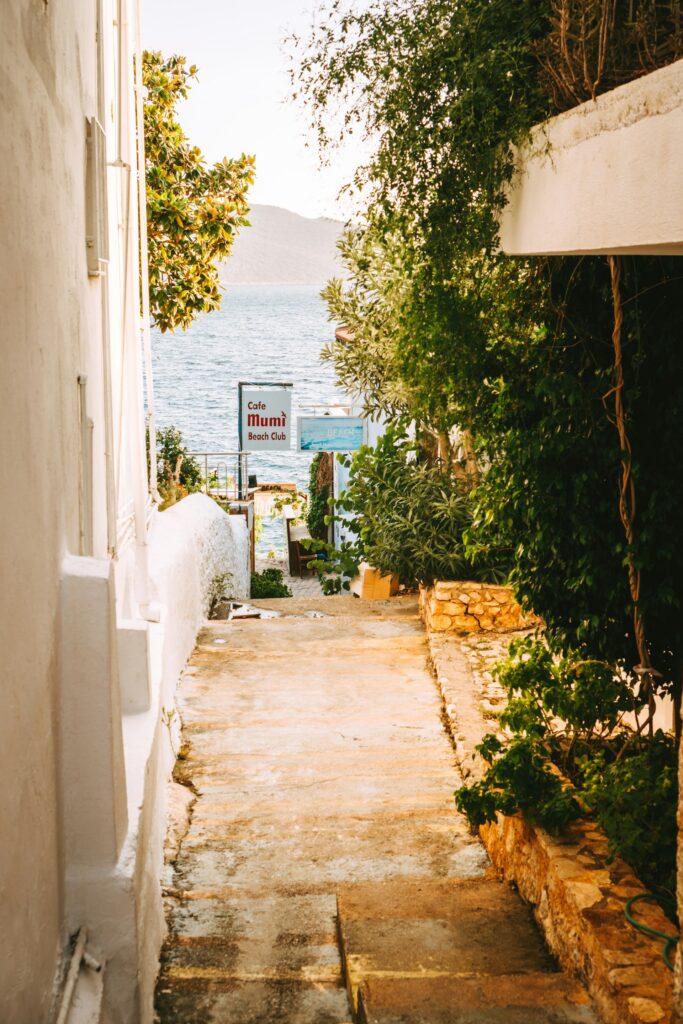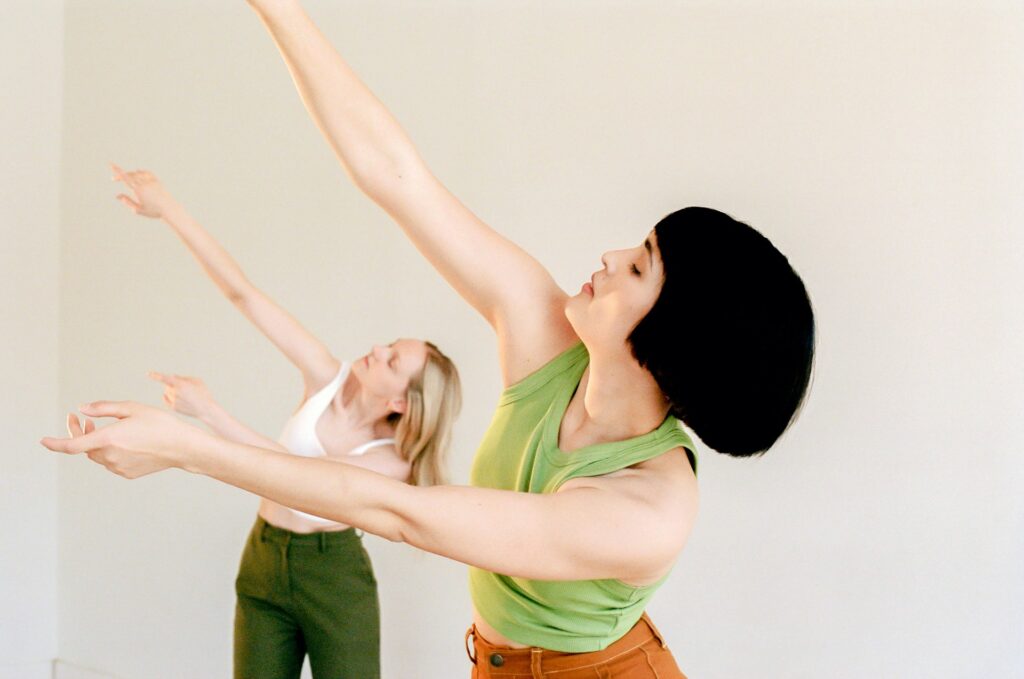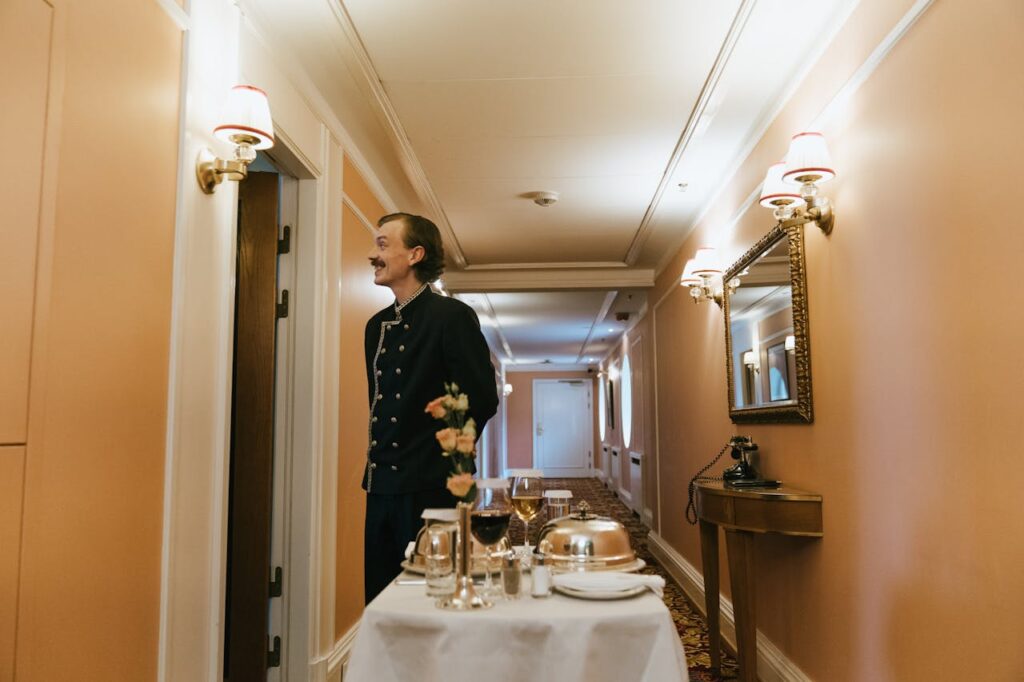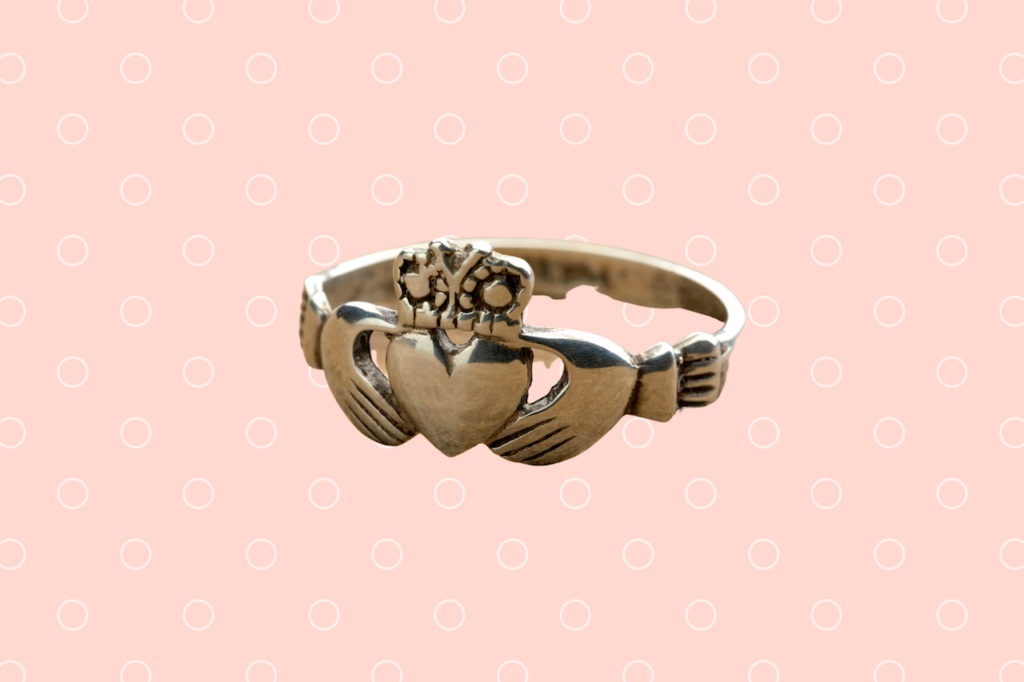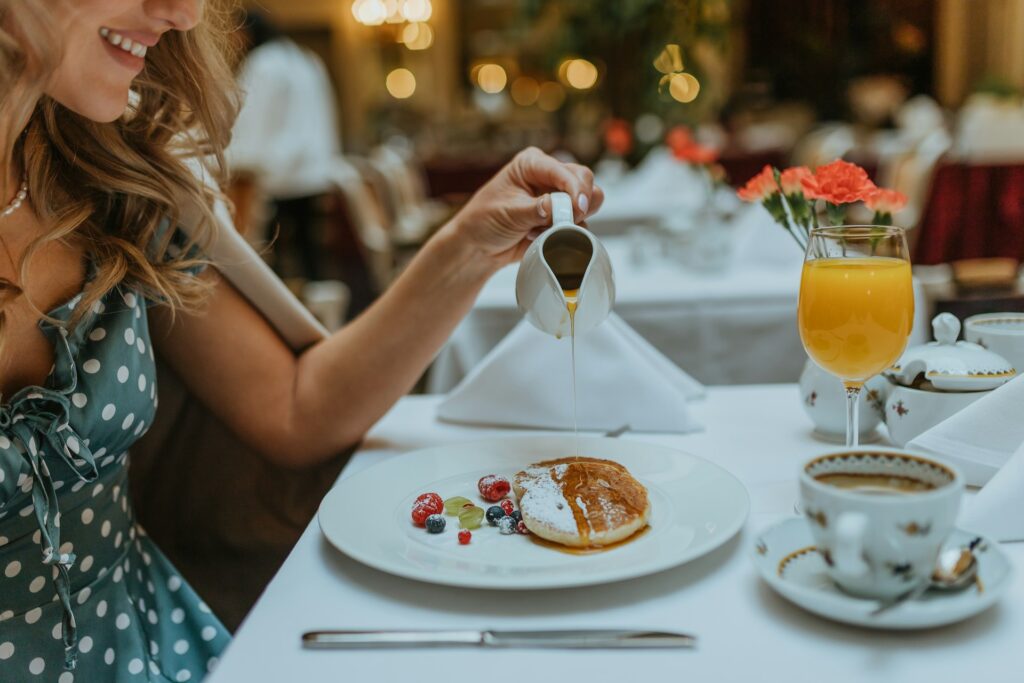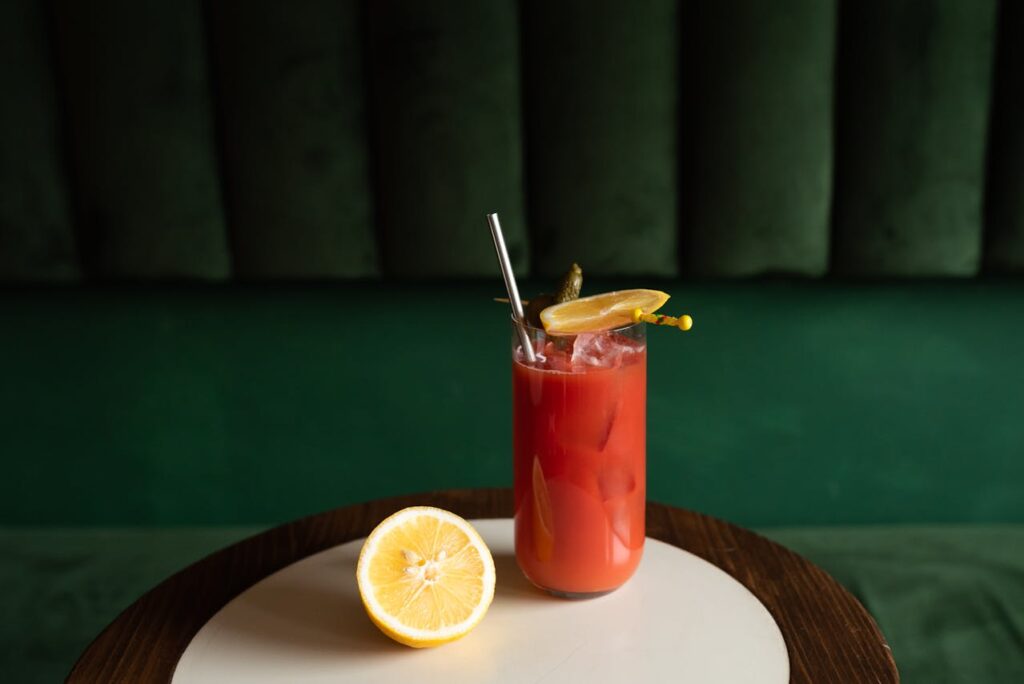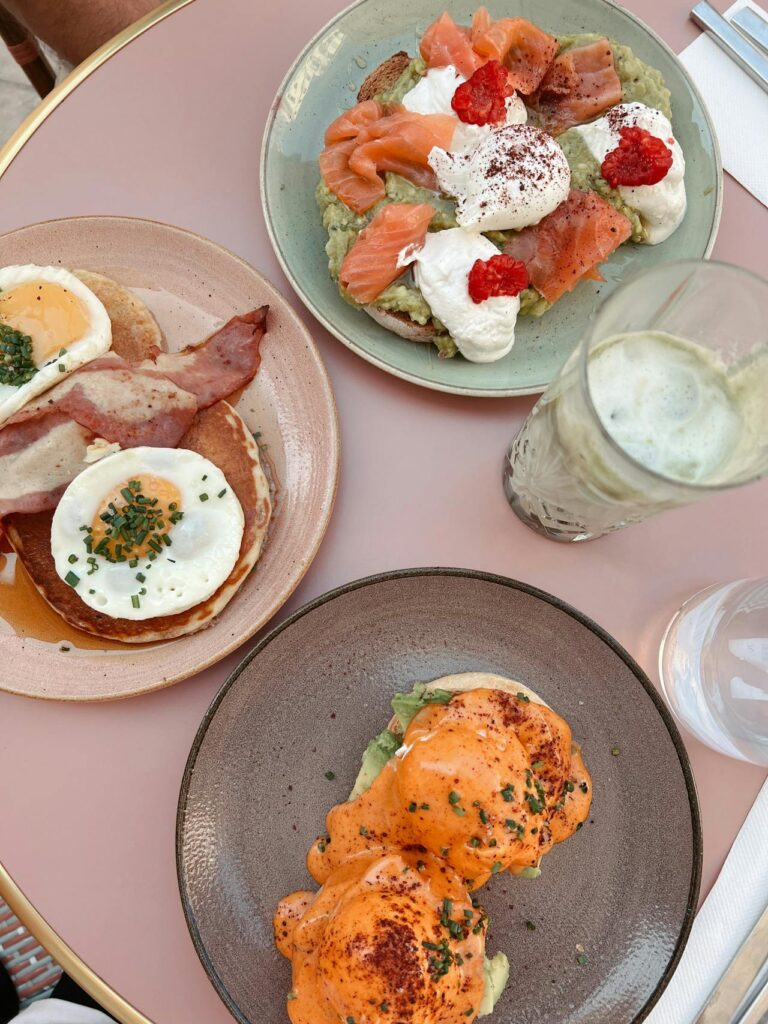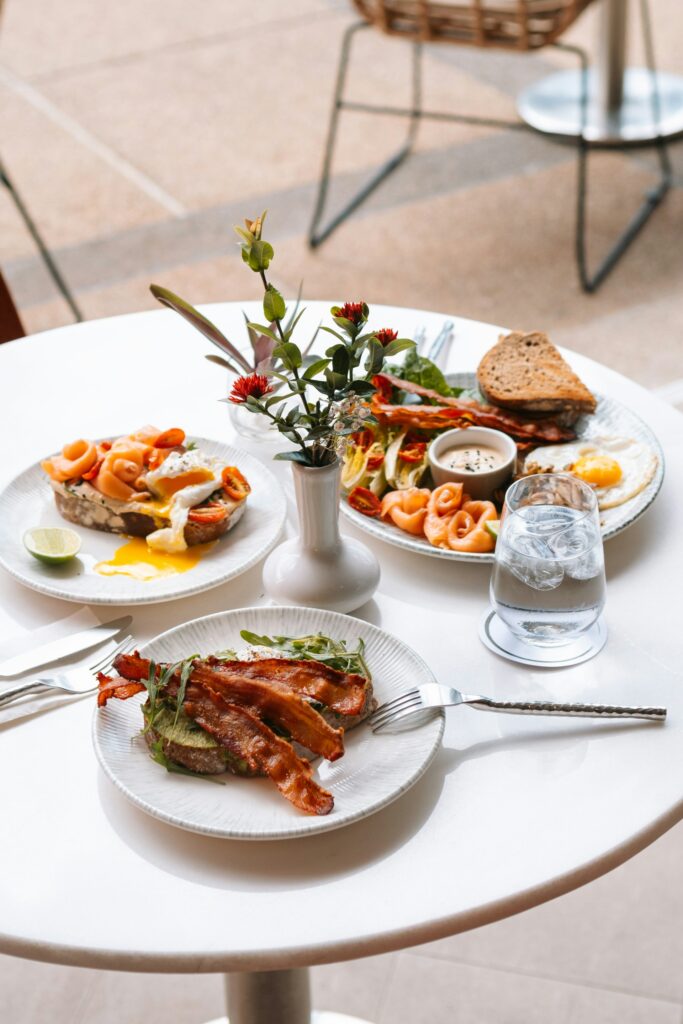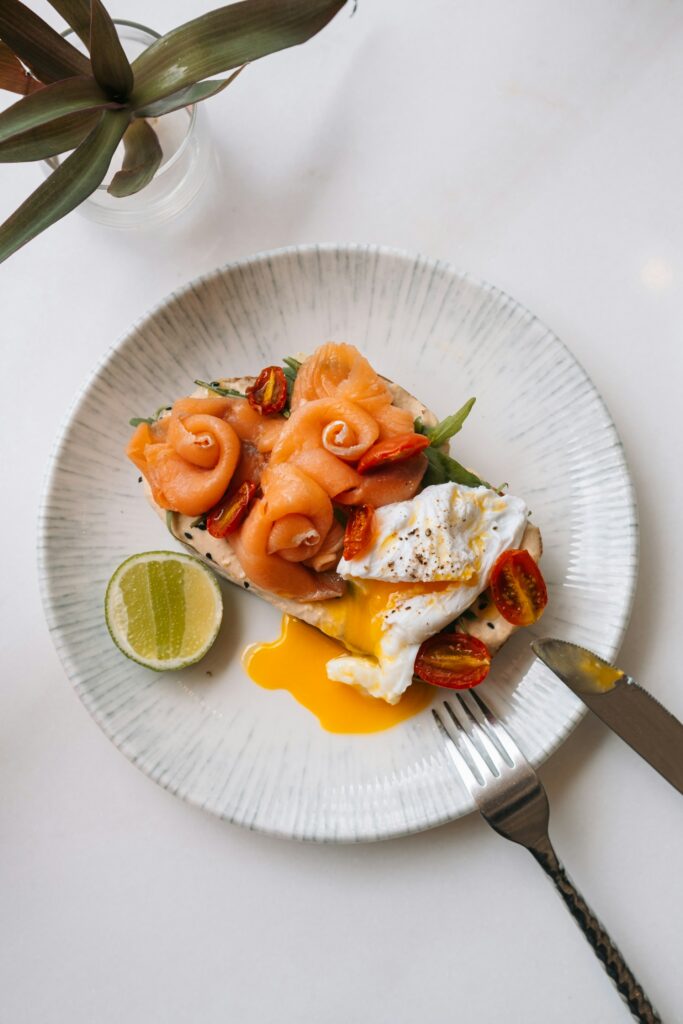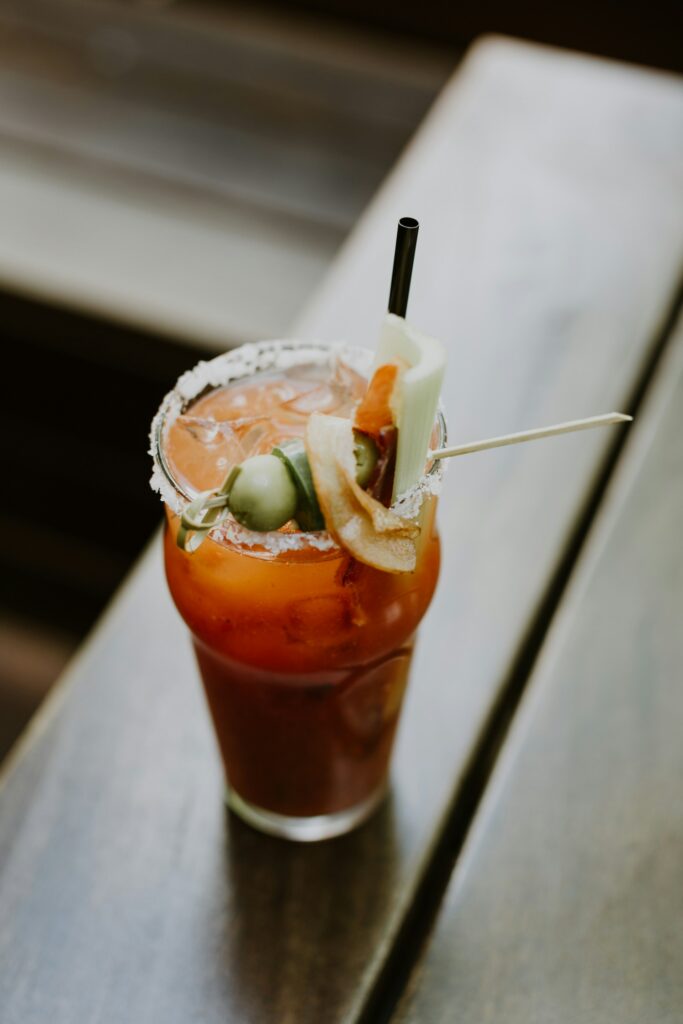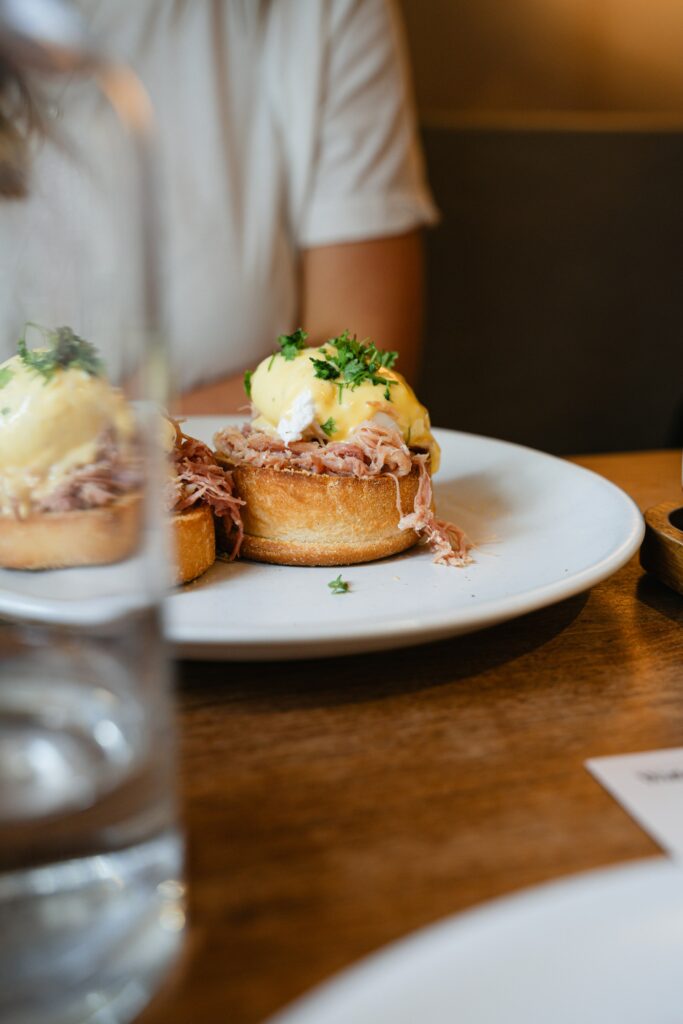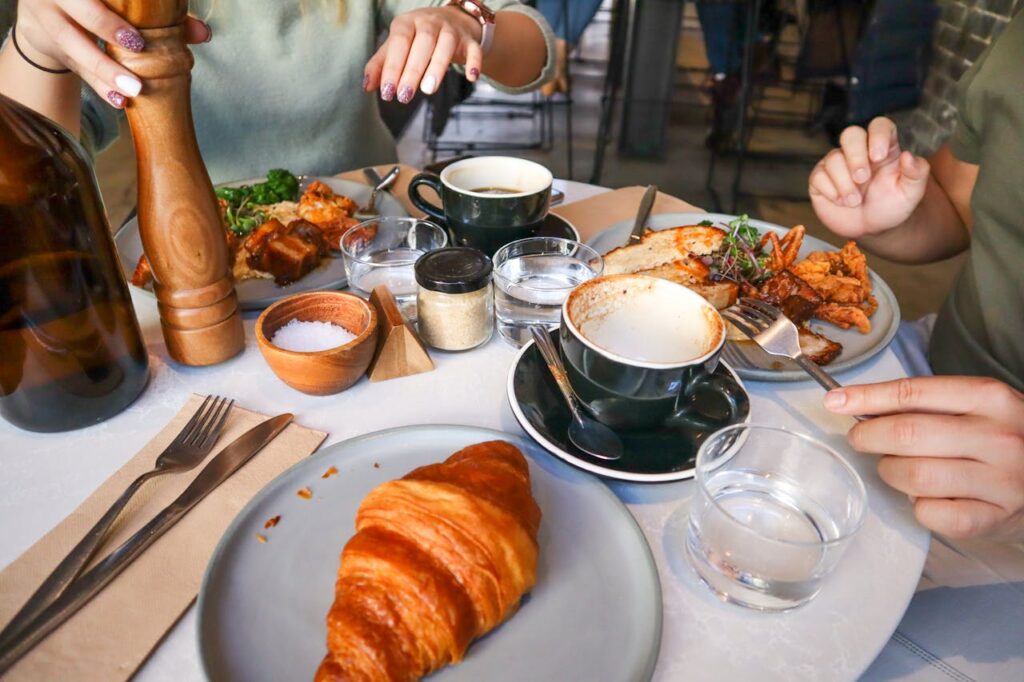Ever dreamt of earning those eye-watering City bonuses without the soul-crushing 100-hour weeks? While everyone’s nattering on about tech startups and cryptocurrency, there’s a whole world of seriously well-paid careers that rarely make the headlines. Here are 7 jobs that could have you living the champagne lifestyle – no Silicon Valley grind required.
Ethical Diamond Authenticator
With the lab-grown diamond market booming and sustainability concerns in the jewellery industry at an all-time high, top authenticators are commanding astronomical fees for their expertise. These gemological detectives can earn upwards of £300,000 annually, travelling the globe to authenticate precious stones for auction houses and private collectors.
The job involves far more than just peering through loupes. Today’s authenticators need to master cutting-edge spectroscopy technology, understand blockchain certification, and keep up with the latest synthetic diamond developments. They’re part scientist, part detective, and part diplomat – especially when telling a client their “priceless” family heirloom might not be quite what they thought.
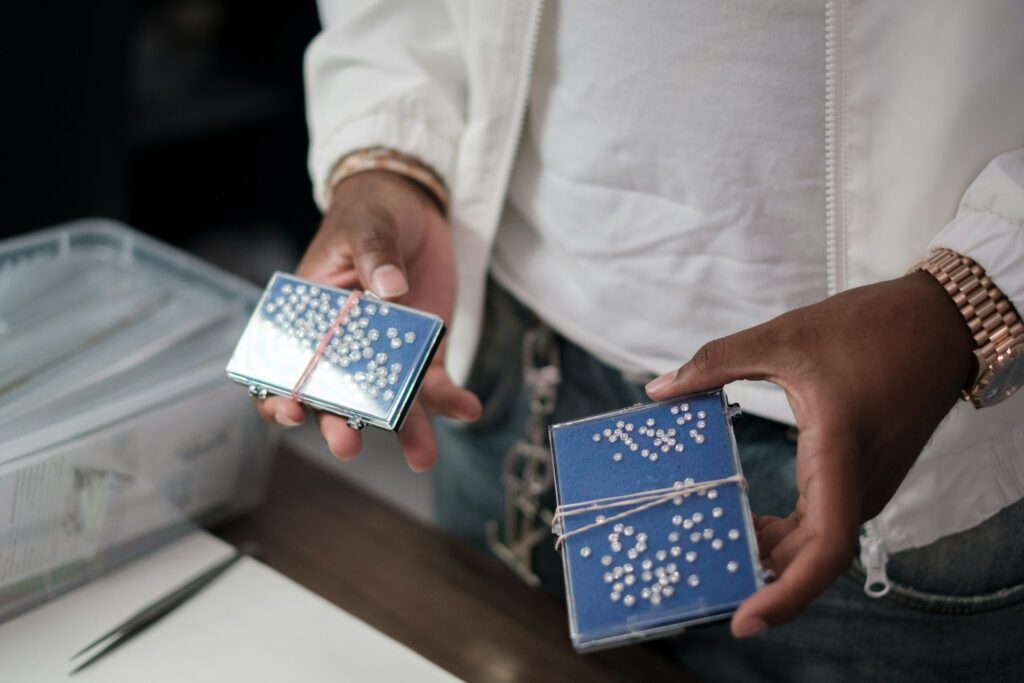
Family Office Talent Scout
Ever wondered who helps the ultra-wealthy manage their empires? Family office recruitment specialists are the ultimate matchmakers, connecting mega-rich families with the crème de la crème of financial wizards, property gurus, and investment mavens. These headhunters can earn fat commissions of £50,000+ per placement, plus retainers that would make your eyes water.
But here’s the juicy bit – it’s not just about filling positions. These specialists are trusted advisers who often become indispensable to their wealthy clients. They need to understand everything from succession planning to family dynamics (yes, that means diplomatically handling those awkward conversations about which cousin should really be managing the family’s art collection).
Those behind the Cora family office recruitment service tell us that the most successful family office recruiters build networks that rival the Queen’s Christmas card list. They’re regulars at exclusive members’ clubs, charity galas, and private banking events. And while a financial background helps, what really matters is having the emotional intelligence to read between the lines of what wealthy families actually need – versus what they say they want.
Private Island Development Consultant
Forget regular property development – these specialists help billionaires turn their island dreams into reality. From ensuring sustainable water supplies to designing helipad locations, they’re earning seven-figure salaries making paradise perfect.
The real challenge? Balancing luxury with logistics. You need to know how to import Italian marble to a remote location, set up satellite communications that can handle Netflix binges, and ensure the champagne stays perfectly chilled despite tropical temperatures. Environmental impact assessments and local government relations are also part of the package – because even billionaires need planning permission.

Space Tourism Safety Director
As commercial space travel takes off, someone needs to keep those stellar tourists safe. These directors combine astronautical expertise with luxury hospitality knowledge, commanding salaries that are truly out of this world – often exceeding £500,000 annually.
The role involves everything from developing emergency protocols to ensuring the champagne pours properly in zero gravity. You’ll need to understand both rocket science and the psychology of high-net-worth individuals who expect five-star service even in orbit. Plus, you’ll be responsible for training crews to handle everything from medical emergencies to PR crises in space.
Legacy Winery Broker
Fancy selling châteaux to the super-rich? Legacy winery brokers specialise in matching vintage vineyard estates with wealthy buyers. A single sale can net commissions in the millions, but it’s not just about the real estate.
These brokers need to understand terroir, vintage variations, storage techniques and wine market trends. They’re often called upon to advise on everything from modernising production facilities to developing luxury wine tourism experiences. The most successful ones have little black books filled with contacts from Bordeaux to Napa Valley, and they know exactly which Chinese billionaire is looking to add a French vineyard to their portfolio.

Digital Privacy Concierge
In an age where privacy is the ultimate luxury, these tech-savvy specialists help high-net-worth individuals maintain their digital anonymity. From scrubbing online presences to creating unhackable communication systems, they can earn £200,000+ per client.
The job requires constant vigilance and staying ahead of the latest digital privacy threats. You might start your day auditing a client’s smart home security, spend the afternoon setting up encrypted messaging systems for their family office, and end by managing their children’s social media presence. Knowledge of international privacy laws, cybersecurity, and social engineering is essential.
Sustainable Superyacht Designer
Combining green technology with ultimate luxury, these designers are making waves in the maritime world. With sustainability now a must-have for the mega-wealthy, top designers can command seven-figure fees per project.
The challenge? Creating vessels that are both eco-friendly and utterly luxurious. Think solar-powered cinemas, hydroponic gardens for farm-to-table dining at sea, and zero-emission toys (electric jet skis, anyone?). The best designers understand both marine engineering and luxury lifestyle trends, creating floating palaces that won’t cost the Earth – figuratively speaking, at least.

The Bottom Line
While these roles might sound like fantasy jobs, they’re very real and increasingly in demand. The key to breaking in? Start in adjacent industries – luxury retail, private banking, or high-end hospitality are good launching pads. Build a network, develop your expertise, and most importantly, learn to speak the language of luxury.
Remember, discretion is everything in these worlds. Your ability to keep secrets might be more valuable than your CV. And while traditional qualifications help, what really matters is your ability to understand and anticipate the needs of the world’s wealthiest individuals.
Fancy a career change? The path might not be straightforward, but the rewards could be astronomical. After all, someone has to help billionaires design their islands and authenticate their diamonds – why not you?
Editor’s Note: Salary figures are approximate and can vary significantly based on experience, location, and client base. All roles require extensive experience and typically come with significant responsibilities.






































